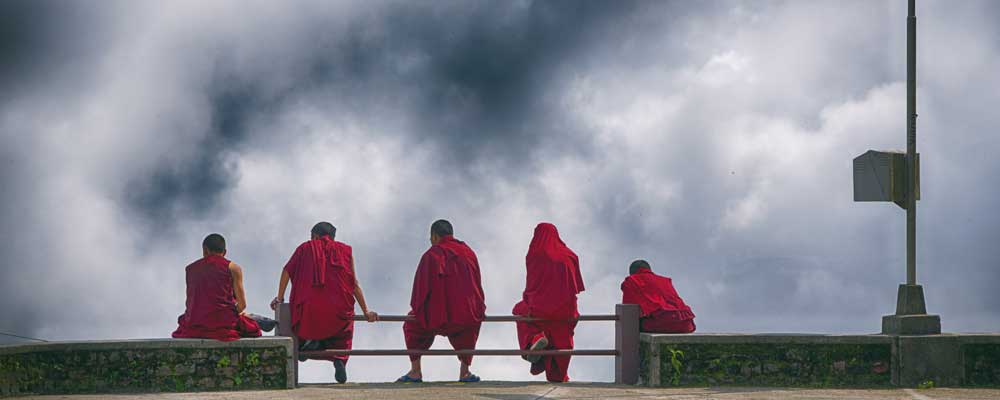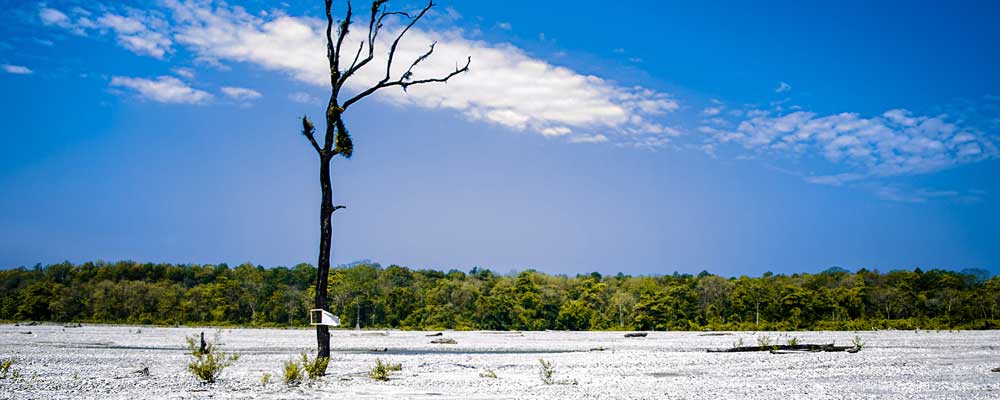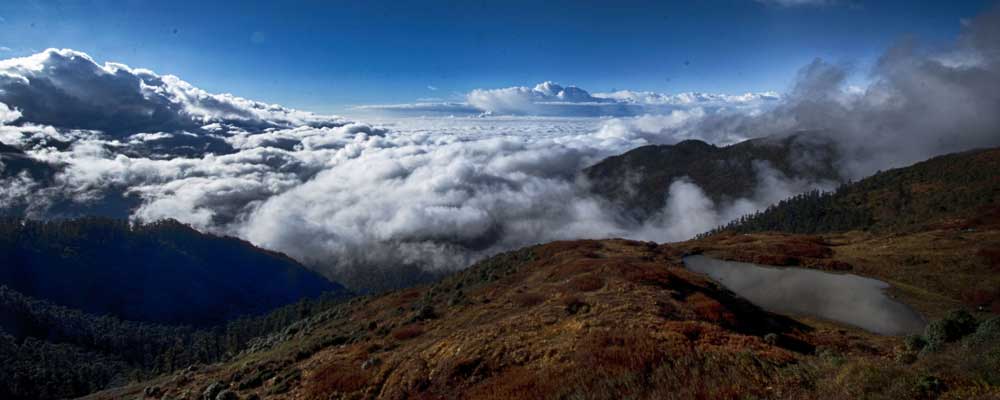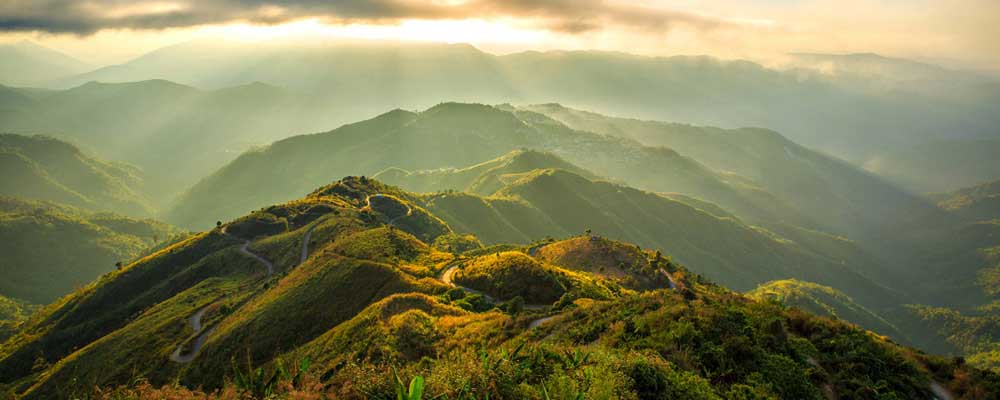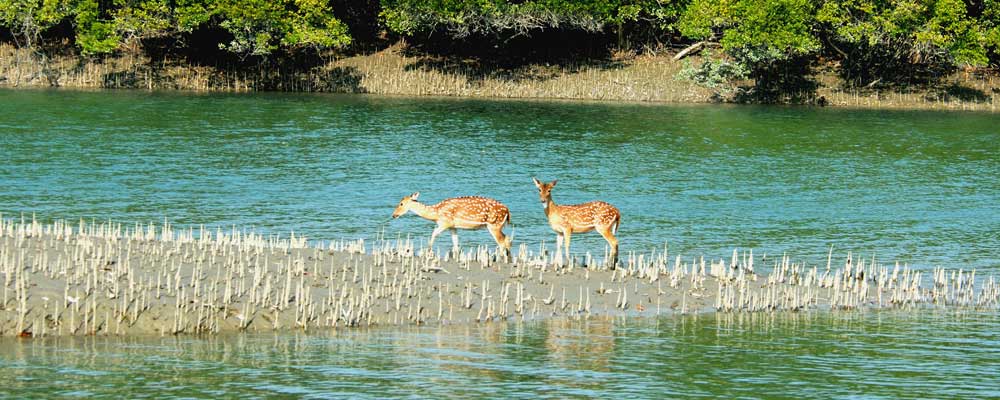enquiry@naturecamptravels.com
+91 9874439571,8697598654
- Home
-
Packages
- Dooars Tour
- Bhutan
- Sikkim,Darjeeling
- Kashmir
- Madhya Pradesh
- Sikkim Silk Route Tour
- North Sikkim Tour
- Sandakphu Trekking
- North East India
- Sundarban Tour Package
- Bhitarkanika Tour
- Thailand Packages
- Kerala Tour Packages
- Sikkim Tour Package
- Sri Lanka Tour Packages
- Nagaland and Manipur Tour Packages
- Manas National Park Tour Packages
- Tripura Tour Package
- Mizoram Tour Package
- Nepal Tour Package
- Arunachal Tour Packages
- Kaziranga Tour Packages
- Maldives Tour Package from Kolkata
- Bali Tour Packages from Kolkata
- Ladakh Tour Packages
- Shillong Tour Packages
- Lachung Lachen Tour Packages
- Gangtok Pelling Tour Packages
- Darjeeling Gangtok Tour Packages
- Kalpa Kinnaur Tour Packages
- Spiti Valley Tour Packages
- Bangladesh Tour Packages
- Kashmir Tour Packages
- Andaman Tour Packages
- Jungle Trails
- Resorts and Hotels
- Tour Operators
- Travel Destination
- Blog
- Contact
- Home
- Packages
- Dooars Tour
- Bhutan
- Sikkim,Darjeeling
- Kashmir
- Madhya Pradesh
- Sikkim Silk Route Tour
- North Sikkim Tour
- Sandakphu Trekking
- North East India
- Sundarban Tour Package
- Bhitarkanika Tour
- Thailand Packages
- Kerala Tour Packages
- Sikkim Tour Package
- Sri Lanka Tour Packages
- Murshidabad Tour Packages
- Jhargram Tour Packages
- Purulia Tour packages
- Simlipal Tour Packages
- Nagaland and Manipur Tour Packages
- Manas National Park Tour Packages
- Tripura Tour Package
- Mizoram Tour Package
- Nepal Tour Package
- Arunachal Tour Packages
- Kaziranga Tour Packages
- Maldives Tour Package from Kolkata
- Bali Tour Packages from Kolkata
- Ladakh Tour Packages
- Shillong Tour Packages
- Lachung Lachen Tour Packages
- Gangtok Pelling Tour Packages
- Darjeeling Gangtok Tour Packages
- Kalpa Kinnaur Tour Packages
- Spiti Valley Tour Packages
- Bangladesh Tour Packages
- Kashmir Tour Packages
- Andaman Tour Packages
- Jungle Trails
- Resorts and Hotels
- Tour Operators
- Travel Destination
- Blog
- Contact

